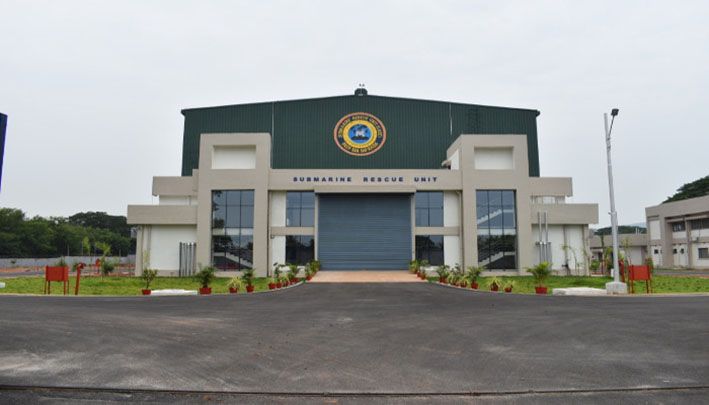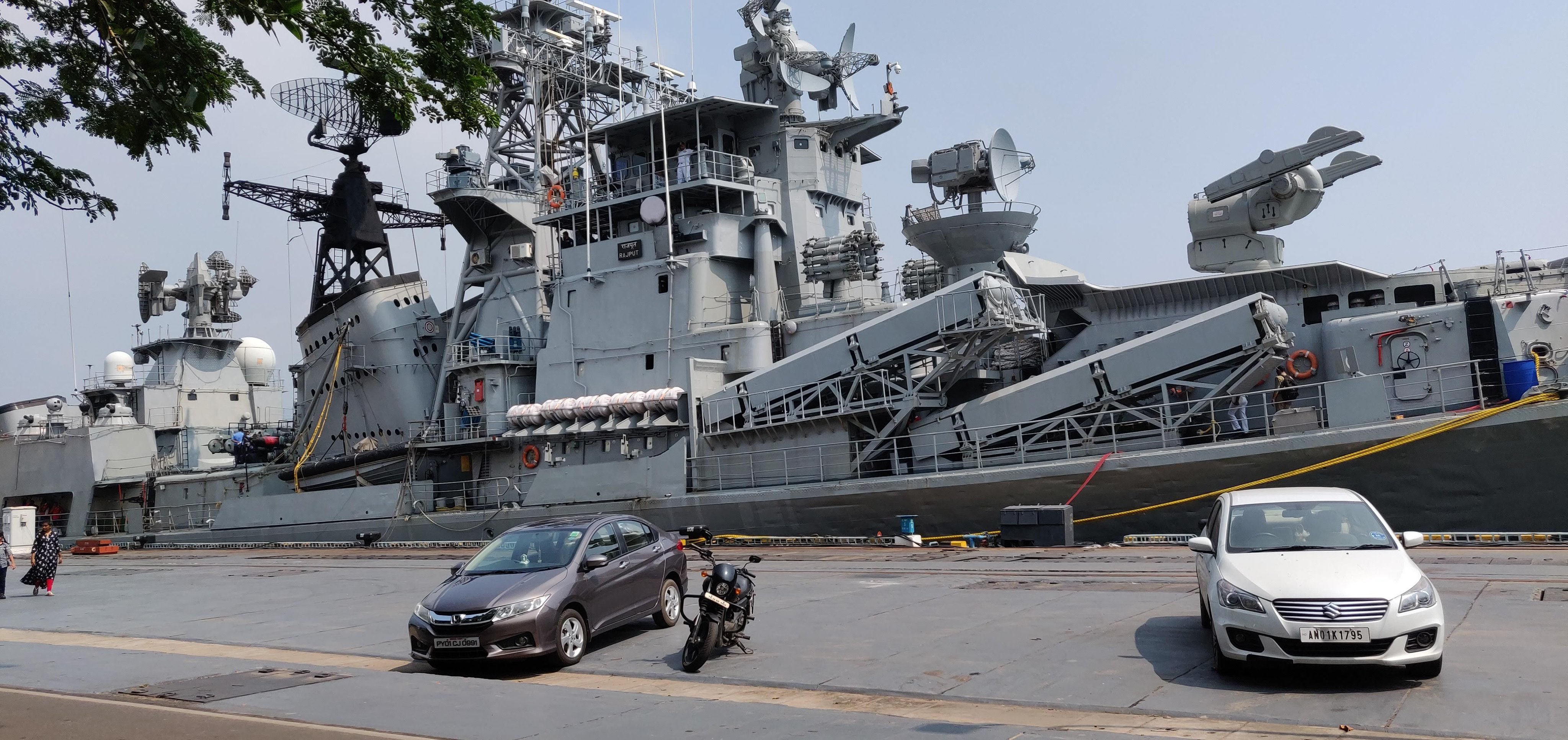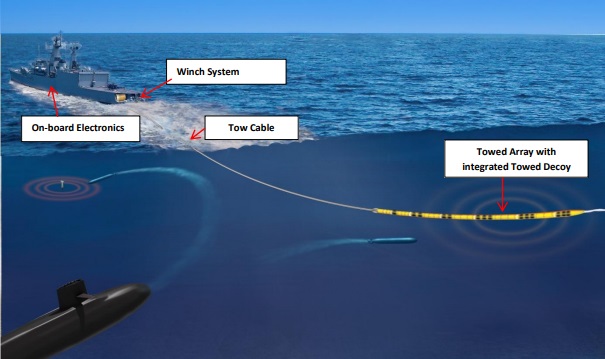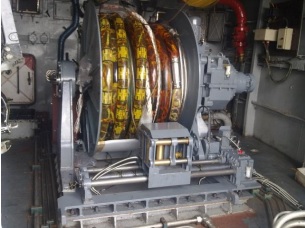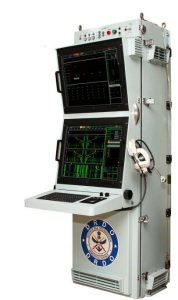nachiket wrote:John wrote:
- RBU 6000 take up a lot of space and require deck penetration. They essentially take up as much space as a 8 Brahmos UVLS cells.
I'm sure they adversely affect the stealth characteristics of the vessel as well. Is there no alternative to the RBU's? These are supposed to be hard-kill anti-toprpedo weapons. Other navies including the USN and the PLAN don't seem to have a need for it. What do they use for actively defending against torpedoes (beyond noisemakers/countermeasures etc.)? There has to be a way for the IN to get rid of these RBU's and reclaim the precious real-estate they use up.
ASW mortars are a very relevant weapon system even today. Just like a fighter's gun.
1) ASW mortars are low-complexity, cheap, rugged, reliable, available in a variety of sea states when helicopter support isn't
2) Torpedoes can be decoyed away, but there is no decoying away a contact fuzed mortar bomb or a depth charge
3) The RBU 6000's indigenous version (the IRL) is made locally by L&T and the rockets are made by OFB. Therefore they're easy to maintain in-house, and ammunition can be liberally expended
4) RBU 6000 derivatives can be used against incoming heavyweight torpedoes (maybe even against divers?) as a hard-kill measure
5) Like the Baltic sea, surface sonar conditions aren't that great in the shallow Arabian sea. Effective sonar and HWT/LWT ranges may very well overlap with ASW mortars
6) It's also a fallacy that hidden Pakistani submarines will go after every Indian warship using an Exocet or Harpoon or HWT. Perhaps it's just trying to hide and stalk larger assets like Carriers, Tankers, etc. instead of giving away their position to the first frigate it comes across
7) They're used for amphibious fire support just like regular rocket launchers/mortars
